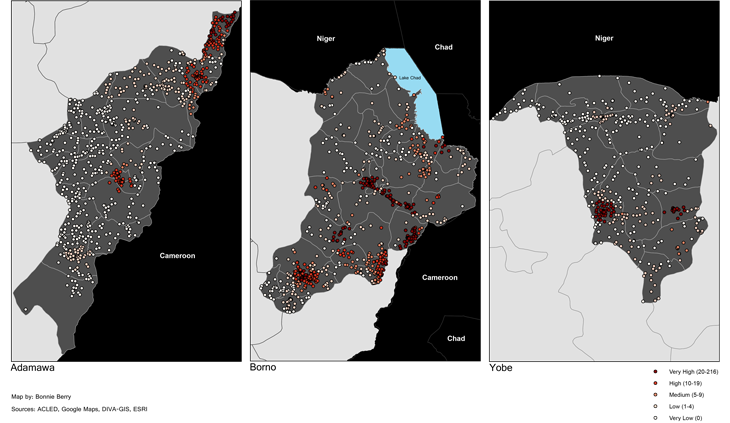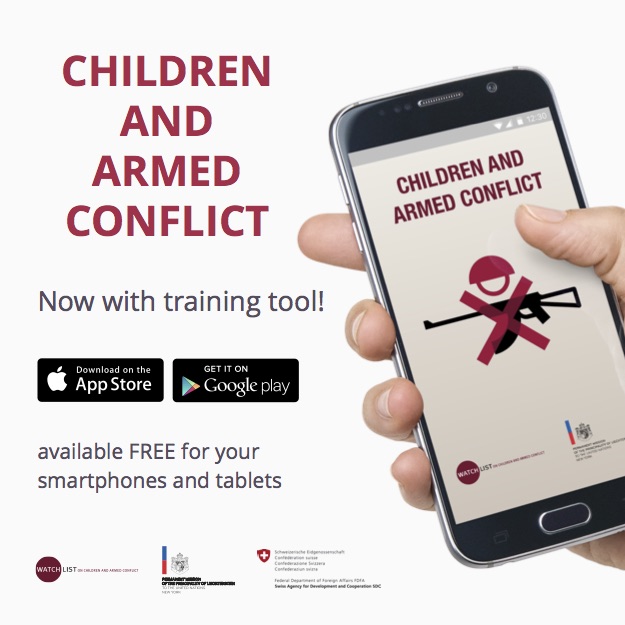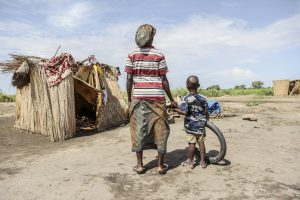On Twitter? Send a Tweet:
Publication
Conflict between the armed group Jama’atu Ahlis Sunna Lidda’awati wal-Jihad (JAS), commonly known as Boko Haram, Nigerian security forces, and civilian self-defense militias, is ravaging Nigeria’s fragile northeast. Over the last few years the level of violence and the scale of violations against children have worsened. While the abduction of over 200 girls from Chibok in Borno State has shed some light on these atrocities, much of the impact of the conflict on children is not well understood or addressed. Following a six-week research mission between March and May 2014, Watchlist found that parties to the conflict have subjected boys and girls to forced recruitment, attacks on their schools, killing and maiming, abductions, rape and sexual violence, and arbitrary detention. The humanitarian response has been slow, fragmented, and unable to meet the fast-growing needs of those affected by the conflict. The government of Nigeria, in collaboration with humanitarian, United Nations, and non-governmental actors, needs to take steps to strengthen data collection and programming to support children affected by conflict, to adopt operating procedures to manage children encountered in armed groups, and to expand and implement strategies to promote school safety and security.
Who Will Care for the Children Affected by the Conflict in the Northeast?
Risk to Schools in Nigeria’s Three States of Emergency
Based on proximity to Boko Haram event locations and frequency of events (2012-2014)
The below map is a geo-spatial analysis of Boko Haram’s armed attacks and risk to schools within the three states of emergency. This map ranks schools publically available through Google Maps by risk level, based on their proximity to Boko Haram events and event frequency between January 2012 and November 15, 2014. Schools located outside 15km of any Boko Haram events were considered low risk, while those falling within 15km of one or more attacks were then ranked by frequency of events occurring within that distance.
- Schools within 15km to a location(s) with 1-4 events were ranked low risk
- Schools within 15km to a location(s) with 5-9 events were ranked medium risk
- Schools within 15km to a location(s) with 10-19 events were ranked high risk
- Schools within 15km to a location(s) with greater than 20 events were ranked very high risk
Event data, which includes attacks on civilians, battles between Boko Haram and security forces/Civilian Joint Task Force, non-violent activity by Boko Haram, and non-violent transfer of territory by Boko Haram, was gathered from the Armed Conflict Location & Event Data Project.
Attacks on Schools Between January 2012 and July 2014 resulting in the Death, Abduction, or Injury of at Least 414 Students, Teachers, and Other Civilians on School Premises in Northeastern Nigeria
Methodology: This map illustrates media and NGO reports on attacks on primary schools, secondary schools, and places of higher education that resulted in the death, injury, or abduction of students, teachers, and other civilians on school premises. Watchlist only included attacks that could be corroborated by several sources. These attacks cover the period January 2012 to July 31, 2014. Only attacks in the northeast were included as they are most likely to be related to the conflict between Jama’atu Ahlis Sunna Lidda’awati wal-Jihad (JAS), Nigerian security forces, and civilian self-defense militias. Watchlist has not included attacks where only school property was destroyed. Because of limited access to information and data in the northeast, this map only represents a small fraction of attacks on schools that lead to injuries, fatalities, and abductions in the region.
In several cases, it is unclear who is responsible for carrying out an attack. While it is possible that groups other than JAS have also carried out attacks on schools, only JAS has publicly claimed responsibility for these types of attacks.

Nigeria





















